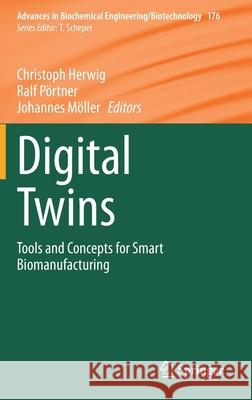Digital Twins: Tools and Concepts for Smart Biomanufacturing » książka
topmenu
Digital Twins: Tools and Concepts for Smart Biomanufacturing
ISBN-13: 9783030716592 / Angielski / Twarda / 2021 / 262 str.
Digital Twins: Tools and Concepts for Smart Biomanufacturing
ISBN-13: 9783030716592 / Angielski / Twarda / 2021 / 262 str.
cena 1210,50
(netto: 1152,86 VAT: 5%)
Najniższa cena z 30 dni: 1156,64
(netto: 1152,86 VAT: 5%)
Najniższa cena z 30 dni: 1156,64
Termin realizacji zamówienia:
ok. 22 dni roboczych.
ok. 22 dni roboczych.
Darmowa dostawa!
Kategorie:
Kategorie BISAC:
Wydawca:
Springer
Seria wydawnicza:
Język:
Angielski
ISBN-13:
9783030716592
Rok wydania:
2021
Wydanie:
2021
Numer serii:
000086799
Ilość stron:
262
Waga:
0.55 kg
Wymiary:
23.39 x 15.6 x 1.6
Oprawa:
Twarda
Wolumenów:
01
Dodatkowe informacje:
Wydanie ilustrowane











